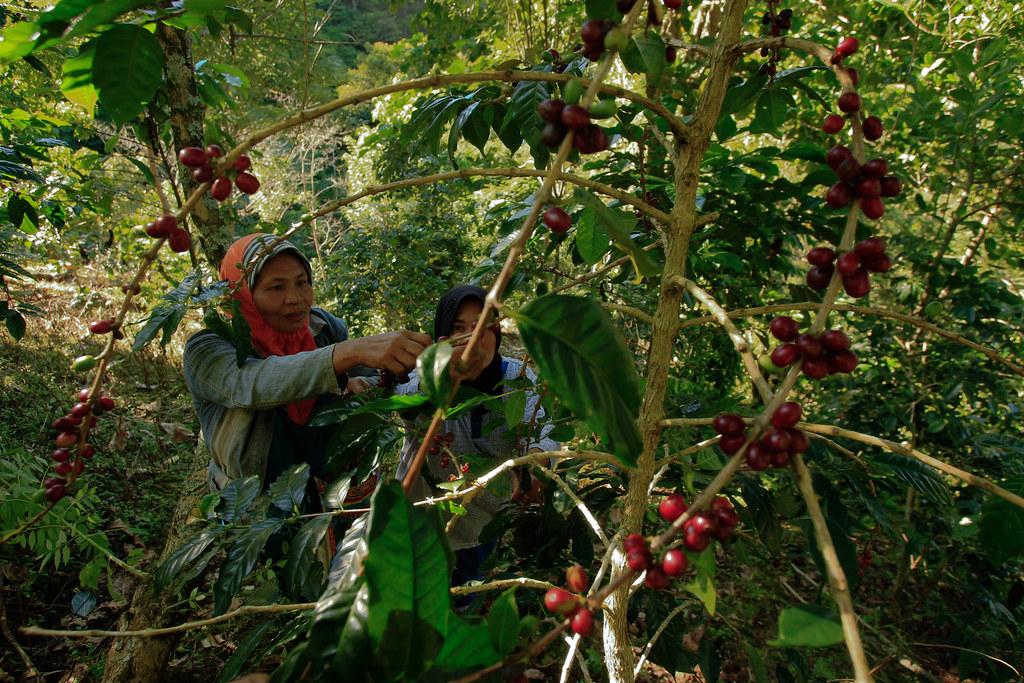Have you ever wondered how Nescafé instant coffee is made? As the world’s strongest coffee brand and the third largest nonalcoholic beverage brand, Nescafé is a staple in coffee cups worldwide. In a behind-the-scenes look at Nestlé’s operations in Vietnam, CNBC explores the process of producing Nescafé instant coffee to meet the growing demand of over 3 billion cups consumed daily. From working with over 100,000 farmers to facing challenges such as climate change and rising temperatures, Nescafé is taking steps towards sustainability and supporting its producers. Join us as we delve into the fascinating journey of how Nescafé instant coffee reaches your cup.
Nescafé’s Global Impact on Coffee Production
Nescafé, Nestlé’s largest coffee segment with annual sales of $11.6 billion, is a globally recognized brand renowned for its instant coffee. Sold in over 180 countries, Nescafé is the top choice for one in every seven cups of coffee consumed worldwide. To meet the immense demand, Nescafé collaborates with over 100,000 farmers and procures more than 13 million bags of green coffee yearly. With two dozen factories worldwide, Nescafé plays a crucial role in the coffee production industry, but challenges such as climate change and production costs persist.
In Vietnam, one of the world’s largest coffee exporters after Brazil, Nescafé works closely with local farmers like Nhung, who manages a two-hectare farm with 2,000 coffee trees. Recognizing the struggles faced by coffee producers globally, Nescafé has committed over $1 billion to promote sustainability in coffee farming. Through initiatives like incorporating cover crops to protect soil and developing new plant varieties, Nescafé aims to ensure the long-term supply of high-quality coffee. Despite facing obstacles like fluctuating prices and environmental damage, Nescafé continues its mission to support coffee farmers and enhance the global coffee production industry.
Behind the Scenes: Nescafé’s Coffee Supply Chain Sustainability Efforts

With annual sales of $11.6 billion as of December 2023, Nescafé is Swiss-based food giant Nestlé’s largest coffee segment. Nescafé is the strongest coffee brand in the world, but it’s also the third largest nonalcoholic beverage brand in the world. Sold in over 180 countries, one in seven cups of coffee consumed worldwide is Nescafé. Globally, about 3 billion cups of coffee are consumed each day, and that number is expected to rise to 6 billion by 2050. To keep up with demand, Nescafé works with over 100,000 farmers and buys more than 13 million bags of green coffee annually.
Being the world’s largest coffee brand, Nescafé faces various challenges in its coffee supply chain sustainability efforts. These challenges include climate change, cost of production, fluctuating coffee prices, and high labor costs for farmers. Nescafé is actively working to address these challenges by investing over $1 billion in sustainability efforts, such as supporting farmers to incorporate methods like planting cover crops to protect the soil and developing new plant varieties to ensure the future supply of coffee.
Challenges Faced by Coffee Farmers and Solutions by Nescafé

With annual sales of $11.6 billion as of December 2023, Nescafé is Swiss-based food giant Nestlé’s largest coffee segment. Nescafé is the strongest coffee brand in the world, but it’s also the third largest nonalcoholic beverage brand in the world. Sold in over 180 countries, one in seven cups of coffee consumed worldwide is Nescafé. Globally, about 3 billion cups of coffee are consumed each day, and that number is expected to rise to 6 billion by 2050. To keep up with demand, Nescafé works with over 100,000 farmers and buys more than 13 million bags of green coffee annually. It also has two dozen factories globally, but coffee producers are facing a number of challenges.
-
- Challenges:
-
-
- Climate change
-
-
-
- Cost of production
-
-
-
- Fluctuating coffee prices
-
-
-
- High labor costs
-
-
-
- Environmental damage
-
-
-
- Reduced suitable area for growing coffee
-
In response to these challenges, Nescafé is taking proactive steps to support coffee farmers. The brand has committed to investing over $1 billion in sustainability efforts, allowing farmers to implement practices like planting cover crops to protect the soil and using organic fertilizers. Additionally, Nescafé is developing new plant varieties to help farmers improve their yields and adapt to changing climate conditions. By working closely with its network of farmers and investing in sustainable practices, Nescafé is dedicated to ensuring a more secure and prosperous future for coffee producers around the world.
Closing Remarks
And there you have it, an inside look into how Nescafé instant coffee is made and the challenges faced by coffee producers around the world. From the annual harvest in Vietnam to the impact of climate change on coffee farming, it’s clear that the coffee industry is facing some serious hurdles. However, Nestlé and Nescafé are committed to investing in sustainability and supporting their farmers to ensure a brighter future for coffee production. Next time you enjoy a cup of Nescafé, remember the hard work and dedication that goes into every sip. Thank you for watching and stay tuned for more fascinating insights into the world of coffee production. Cheers to a sustainable and delicious cup of coffee!






